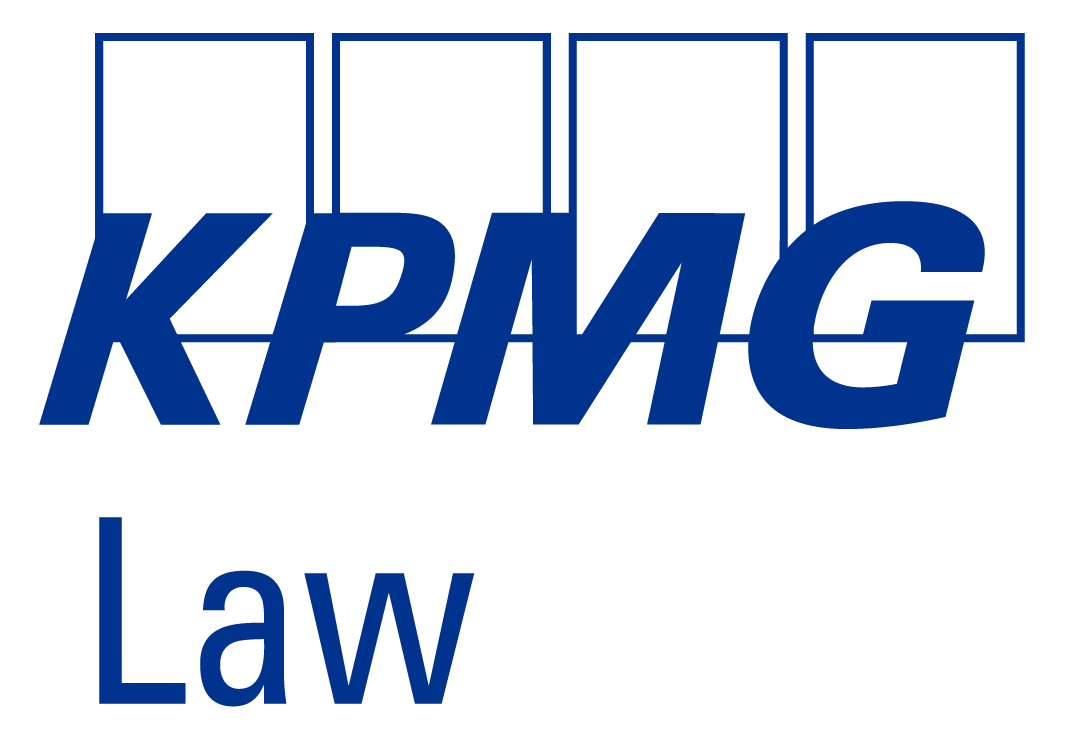

Governance structure of a public limited liability company (NV/SA)

The introduction of the new Belgian Company Code (BCC) will impact, amongst others, the composition of the board of the NV, which in the future will enjoy more flexibility.
Currently public limited liability companies (naamloze vennootschap or société anonyme) are managed by the board of directors, which consists of at least three directors (except if there are only two shareholders, in which case two directors suffice). In turn, the board of directors can, if authorized by the articles of association, delegate powers to other organs, such as one involved in daily management or an executive committee.
Under the BCC, there will be three governance regimes, namely the (1) monistic governance, (2) the sole director or (3) dual governance. The last two regimes have to be foreseen in the articles of association.
- Monistic governance
In the monistic regime, the traditional board of directors will remain in place, as well as the general rule of ad nutum dismissal (immediate and without justification) of directors. The general meeting of shareholders can, however, at the time of dismissal, decide to grant a notice period or severance compensation, unless the articles of association determine that the general assembly is not allowed to grant this or that the termination of a mandate is always subject to a notice period or severance compensation. For legitimate reasons, the director can be dismissed at all times without any notice period or severance compensation.
- Sole director
The governance of an NV/SA can also be exercised by a sole director, partly to compensate for the abolishment of the partnerships limited by shares (commanditaire vennootschap op aandelen or Comm.VA), a legal form in which this is already possible. The articles of association will provide the necessary freedom for the sole director with regard to the follow-up, liability and a say with respect to amendments to the articles of association, dividends and dismissal.
- Dual governance
Finally, it will be possible to establish a dual governance model, with, on the one hand, a supervisory board and, on the other hand, an executive board. Both organs are comprised of at least three members and, to provide for a clear separation of powers between both bodies, dual membership is excluded.
The supervisory board, whose members are appointed by the general assembly of shareholders, will always remain competent for the general policy, the supervision of the executive board and all matters reserved by law. The executive board, of which all members are appointed by the supervisory board, will be responsible for the operational management within the company and can thus exercise all competences, which are not reserved by law for the supervisory board.